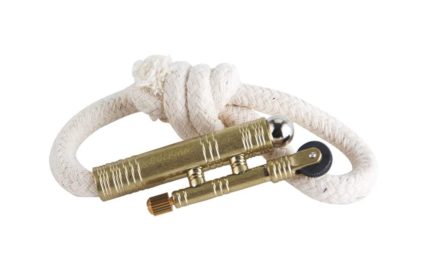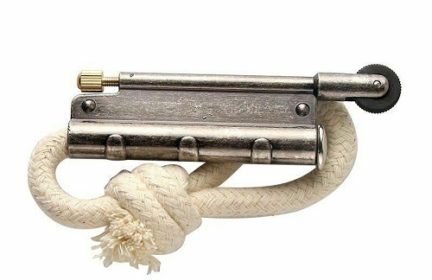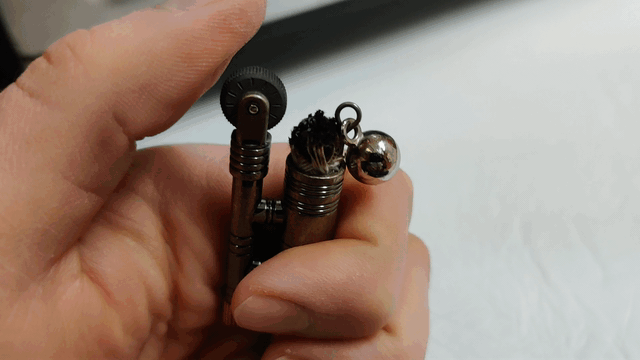Yixing Able Ceramic Fibre Products Co., Ltd , https://www.ablegaslogs.com
Modern Style Trench Lighter

Vintage Style Trench Lighter
DIY Trench Lighter
While commercial trench lighters are easy to find online, some people enjoy the challenge of building one themselves. There are numerous DIY tutorials available, including detailed guides from forums and blogs.
One popular method involves using a bullet casing as the housing for a piece of charred rope. The casing acts as a protective shell, keeping the rope dry and intact. A ferro rod is often used to create sparks, which are then caught in the charred rope to produce an ember.
Some DIY versions lack certain features found in commercial models, like a spark wheel or a snuffing mechanism. However, these can be improvised or omitted depending on personal preference and resource availability.
Building your own trench lighter not only saves money but also gives you a deeper understanding of how it works. It's a great project for those interested in survival gear and traditional fire-starting techniques.
The trench lighter: a flameless and windproof backup fire option
In our latest blog post about making char cloth, we explored several limitations of this fire-starting material—namely, its fragility and susceptibility to moisture. Fortunately, there’s a clever solution that helps overcome these issues: the trench lighter, also known as a "rope lighter" or "sailor’s lighter."
The ability to light in strong winds and maintain a low profile makes the trench lighter a useful tool for preppers. While survival experts often recommend a BIC lighter, stormproof matches, and a ferro rod as primary fire sources, the trench lighter is still worth considering. With practice, it can become a reliable backup option.
